Under Gums is the part of the oral mucosa that covers the teeth from the jawbone to the tooth crowns. The gums ensure that the teeth are firmly anchored in the mouth and it protects the jaw and tooth roots from bacterial infections and the ingress of foreign bodies. The gums are an important part of the oral anatomy and so it is imperative to take good care of them to maintain oral health.
What is gum?

The Gums (Latin: gingiva) is located in the mouth and is the part of the oral mucosa that covers the jaws and protects the lower part of the teeth.
As part of the teeth holding apparatus, it works together with the roots of the teeth to ensure that the teeth sit firmly in the mouth. Healthy gums lie close to the tooth necks, completely fill the gaps between the teeth and thus serve as a kind of seal.
Compared to the soft lining of the mouth, which is on the inside of the cheeks and lips, most of the gums are firmly connected to the jawbone below, making them very resistant and withstanding the friction that arises when chopping food without To take damage.
Anatomy & structure
Histologically, d. H. From a tissue-related perspective, this exists Gums from a covering tissue comprising a few horny layers (squamous epithelium). A subcutis is missing so that it cannot be moved. The gums are anatomically divided into free, fixed, and interdental gingvia.
Free gingvia is the gum line that surrounds the teeth like a collar or cuff. It is about 1 millimeter thick and is supported and stabilized by the gum fibers and encompasses the interdental papillae.
The attached gingvia is seamlessly connected to the free gingvia, it is firm, robust and closely connected to the underlying alveolar bone by connective tissue fibers. It is limited coronally by the free gingival furrow, and apically by the mucogingival border.
Interdental gingvia is the gum that is located between the individual teeth and is shaped like a triangle.
Functions & tasks
Because there is no subcutaneous tissue, it fits Gums fixed, cannot be moved and thus ensures that the teeth are securely anchored in the oral jaw.
In addition, the gums have the task of forming a kind of seal that prevents bacteria, plaque, food pulp and various other pathogens and foreign bodies from entering the tooth roots, where they could cause infection or injury. Healthy gums have a pale pink color, an orange-like, indented surface and tightly surrounds the tooth necks.
It completely fills the spaces between the teeth and does not bleed easily when eating or brushing with a toothbrush. So that it stays healthy and can exercise its protective function undisturbed, it is important to rid it of bacteria and food residues by brushing teeth at least twice a day.
Attention should also be paid to cleaning the spaces between the teeth. Daily use of dental floss, interdental brushes or interdental sticks is suitable for this. An electric toothbrush is sometimes more gentle on the gums than brushing with a manual toothbrush and also generally cleans more thoroughly.
You can find your medication here
➔ Medicines against tartar and tooth discolorationDiseases
If that Gums If a patient is chronically inflamed, the condition is known as gingivitis or gingivitis. This disease is very common in the population (80% of all adults), occurs mostly as a result of poor oral hygiene and is caused by bacteria and plaque.
In addition to inadequate oral hygiene, factors that promote the formation of plaque are insufficient saliva, teeth that are too tight and tooth decay, protruding filling and crown margins and a one-sided diet in which too little is chewed. Good oral hygiene and a healthy diet can have preventive effects. The symptoms of gingivitis include a change in the color of the gums, swelling, and bleeding.
The gums are red, tender, and bleed easily after eating or dental hygiene. Thickened gum pockets also form around the gums. Gingivitis can lead to complications such as serious inflammation and must be treated by a dentist, otherwise periodontitis can develop. Good dental treatment, if diagnosed early, can stop inflammation.
Untreated periodontitis can lead to the loss of the affected tooth, because the jawbone in which the tooth neck and tooth root are embedded are broken down and the tooth loses its firm hold and falls out. X-rays are often taken to identify damage to the jawbone.

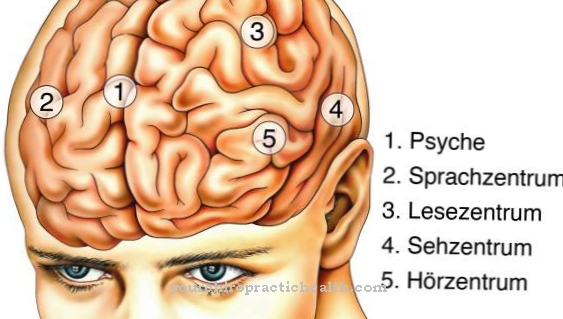
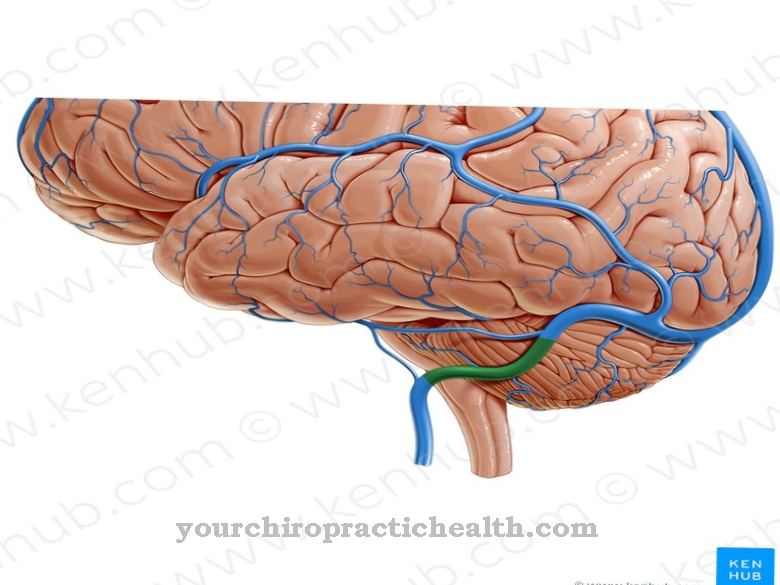

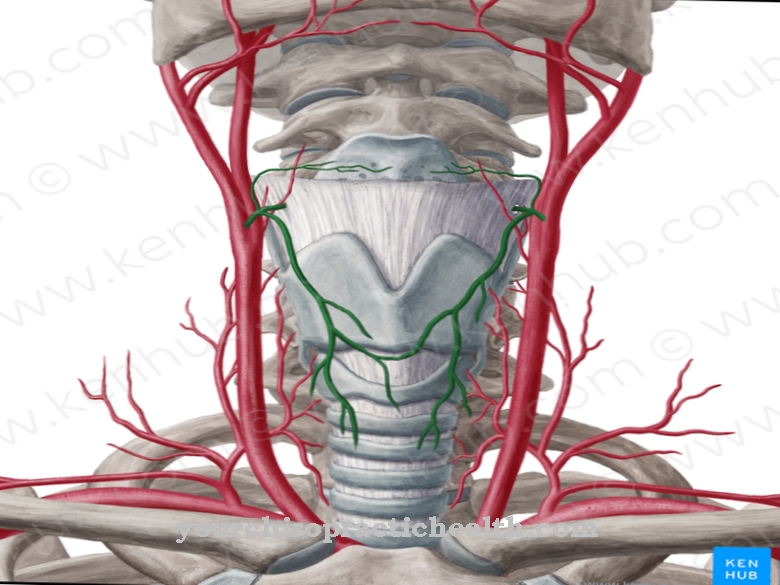

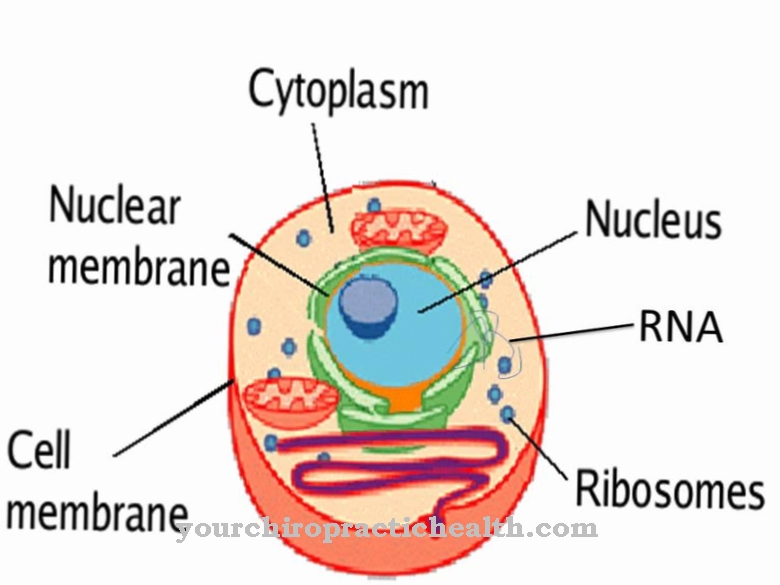


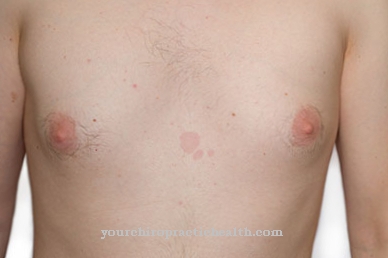
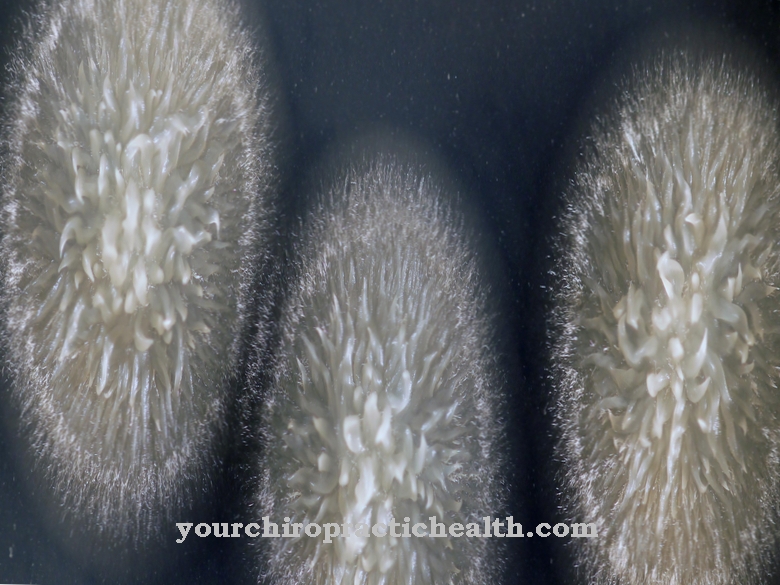
.jpg)
















